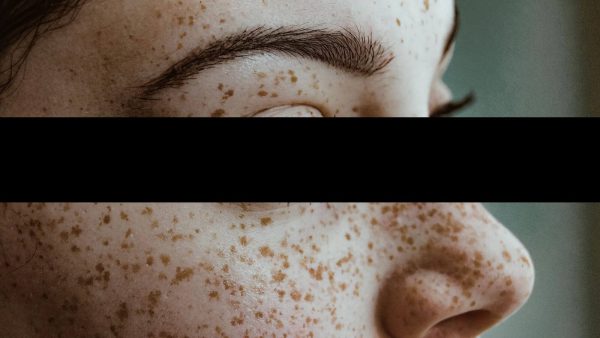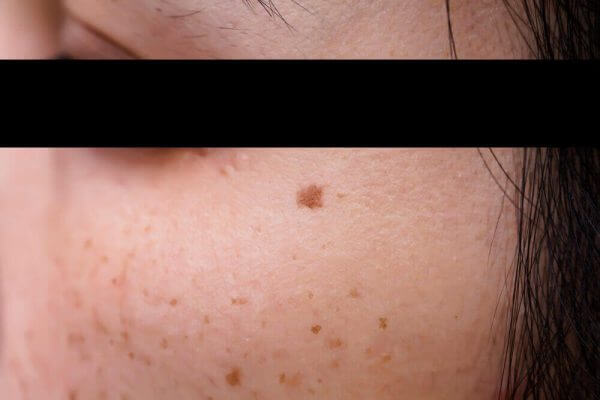
Freckles and lentigo
The purpose of this specific chapter is to go over two main types of brown spots:
The first type is one that is known to everyone – freckles.
The second type is less known – lentigo.
This short chapter was written by Professor Ben Amitai – one of the most senior dermatologists in Israel.
What are freckles?
Freckles (see the first picture) are skin lesions that are brown in colour and are most commonly found in people with light coloured skin or in redheads.
There is a familial tendency for freckles.
Freckles are not present at birth, but they do appear around ages 2-4 years, especially in areas that are exposed to the sun.
The lesions are brown and flat, their diameter is smaller than 3mm, they get darker and increase in number during the summer months and they can fade or disappear during winter.
When examined microscopically, unlike pigmented birthmarks they do not consist of multiple melanocytes, but they do contain a large quantity of melanin as a result of sun exposure.
People with lots of freckles are at higher risk for developing melanoma and therefore it is even more important for them to protect themselves from the sun, you can read more about how to do this here.
Medically speaking, there is not need to remove these lesions.
What is Lentigo?
Lentigo, or lentigines in plural, are skin lesions that are brown in colour and are often confused with freckles or flat pigmented birthmarks. See the second picture.
The differences between freckles and lentigines are that lentigines are present already at birth (or infancy) and their diameter is usually 1-3 cm. Additionally, lentigines can be found anywhere on the skin or mucosa, and do not necessarily appear in areas that are exposed to the sun.
Having multiple lentigines is often associated with medical syndromes and may require further investigation.
These lesions, unlike freckles, are permanent, and unlike freckles when they are examined microscopically both an increased amount of melanin and melanocytes are found.
These lesions do not need to be monitored unless there is a change in their appearance which is when seeing a doctor is advised.
In summary, a short and sweet topic that focuses on the differences between two different lesions that are often mixed up.

For comments and questions, please register
